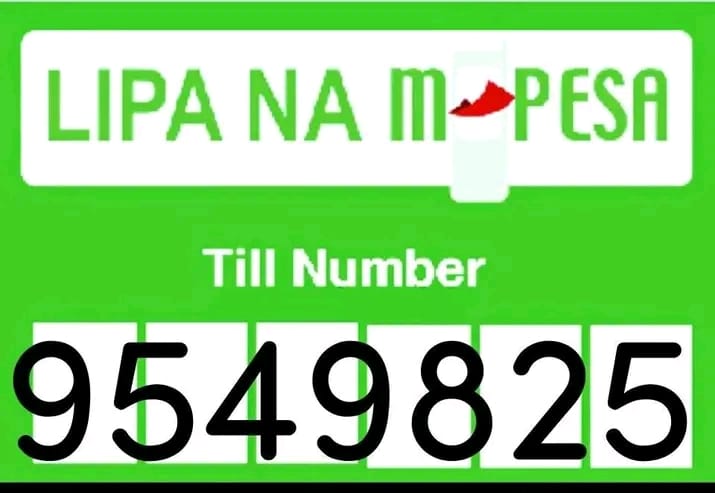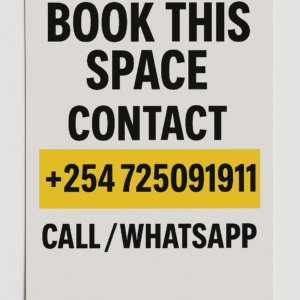
simply amazing, always for you.
Credit card debt is one of those things that can creep up on you slowly—and then all at once. One moment, you’re swiping for gas or groceries, and the next, you’re staring at a mountain of interest charges, minimum payments, and a growing sense of dread. If you’re feeling overwhelmed and wondering how the heck to get rid of credit card debt quickly, you’re not alone.

And here’s the truth: getting out of credit card debt isn’t easy, but it is possible. With the right plan, a lot of discipline, and a willingness to make some changes, you can turn things around faster than you think.
This isn’t just another list of generic advice. This is a practical, battle-tested, no-fluff guide to paying off your credit card debt fast—without selling a kidney or winning the lottery.
Let’s dive in.
Step 1: Get Real About the Problem
Before you can fix your debt problem, you need to understand it. That means gathering the hard numbers and facing them head-on.
Here’s what to do:
- List every credit card you have.
- Write down the:
- Outstanding balance
- Interest rate (APR)
- Minimum monthly payment
Put it all in a spreadsheet or use a simple notebook—whatever works. The goal is to get a full picture of what you owe and where.
This can be sobering. But it’s necessary. You can’t beat what you can’t see.
Step 2: Pick a Repayment Strategy That Works for You
Once you know what you’re dealing with, it’s time to choose how you’ll attack the debt. There are two popular methods, and both can work depending on your mindset.

Method 1: The Avalanche (Mathematically Optimal)
- Pay off the highest interest rate card first.
- Continue making minimum payments on the others.
- Once the first card is paid off, move to the next-highest interest rate.
- Rinse and repeat.
This method saves the most money over time and gets you out of debt faster—but it requires discipline, since it can take a while before you see your first “win.”
Method 2: The Snowball (Psychologically Powerful)
- Pay off the smallest balance first, regardless of interest rate.
- Keep paying the minimums on the rest.
- After the first debt is paid, roll that payment into the next-smallest debt.
The Snowball gives you early momentum. Every paid-off card feels like a victory, which can be super motivating—especially if you’ve struggled to stay consistent.
Pro tip: If you’re very numbers-driven and motivated by saving money, choose Avalanche. If you need motivation and quick wins, go with Snowball. Either way, the most important part is sticking with it.
Step 3: Stop Using Your Credit Cards—Now
This one’s simple but crucial: you cannot dig your way out of a hole if you keep digging.
- Take your cards out of your wallet.
- Delete them from your digital wallets (Apple Pay, Google Pay, etc.).
- If you’re really serious, freeze them—literally or figuratively.
Switch to a cash-based or debit card system while you’re paying off your debt. That’s the only way to ensure you’re not sabotaging your progress.
If you keep using credit while trying to pay it off, it’s like trying to bail water from a boat with a hole in the bottom. You won’t get anywhere.
Step 4: Call and Negotiate Lower Interest Rates
Here’s a tactic most people don’t try—but it works more often than you’d think.
Call your credit card company and ask for a lower APR.
Here’s a simple script:
“Hi, I’ve been a loyal customer for [X years], and I’ve noticed my interest rate is quite high. Is there any way to lower my APR or get access to a better rate?”
If your payment history is decent, many companies will work with you—especially if you hint that you’re shopping for balance transfers or considering closing the account.
Even a small rate reduction can save you hundreds (or thousands) over time.
Step 5: Use a Balance Transfer—Cautiously
Balance transfer credit cards can be a powerful tool—but only if you use them correctly.
How they work:
- You move your balance to a new credit card with a 0% intro APR (usually for 12–21 months).
- This gives you a window to pay off debt without interest.
But here’s the catch:
- There’s usually a balance transfer fee of 3–5%.
- If you don’t pay it off during the promo period, the interest kicks in—and it’s usually high.
Use only if:
- You qualify for a good promo deal.
- You’re 100% committed to paying it off before the promo ends.
- You stop using all other cards.
If you’re tempted to rack up new balances while moving old ones around, skip this step. It will backfire.
Step 6: Consider a Personal Loan for Debt Consolidation
Another smart move: consolidate your credit card debt into a fixed-rate personal loan.
Advantages:
- Lower interest rate (in many cases)
- One monthly payment
- Set payoff timeline
It simplifies your repayment and can save you money if your credit score qualifies you for a decent rate.
But be careful:
- Some personal loans have origination fees.
- Not all loans are better than your current cards.
- Don’t use the credit cards again after paying them off—or you’ll double your debt.
Run the numbers and make sure the math works in your favor.
Step 7: Cut Your Expenses Ruthlessly
You can’t pay off debt without freeing up cash. That means it’s time to go lean.
Cut everything that doesn’t help you survive or make money.
Ideas to trim:
- Cancel streaming services (stick to one, or go without for a few months)
- Cook at home instead of dining out
- Shop generic brands
- Pause the gym membership (exercise at home or outdoors)
- Stop impulse buys (especially online shopping)
It’s temporary. Think of it like putting your financial life on a crash diet. The sacrifices you make now will pay off big in a few months.
Step 8: Earn More Money—Even Just a Bit
There’s a limit to how much you can cut—but not to how much you can earn.
Side income, even a few hundred dollars a month, can supercharge your debt payoff.
Ways to earn fast:
- Freelancing (writing, design, coding, tutoring)
- Rideshare or delivery gigs
- Weekend part-time job
- Sell unused items on eBay, Facebook Marketplace, or Poshmark
- Pet sitting, babysitting, or house cleaning
Whatever you earn extra—put it directly toward your debt. Not into your lifestyle, not into your checking account. Debt only.
Step 9: Budget Like Your Life Depends on It
A good budget tells your money where to go before the month starts. Without it, your money disappears—and your debt sticks around.
Try a zero-based budget: give every dollar a job, including debt repayment.
Free or affordable tools:
- You Need a Budget (YNAB)
- EveryDollar
- Mint
- Google Sheets
Track everything. Every coffee, every impulse buy, every Amazon click. Awareness leads to control.
Step 10: Automate Your Payments
Set up automatic minimum payments to avoid missed payments and late fees. Then, automate extra payments to your priority debt each time you get paid.
When payments are automatic, you eliminate human error and remove the temptation to skip a month.
Bonus tip: Time your payments to happen right after payday, so the money’s gone before you have a chance to spend it.
Step 11: Talk to a Credit Counselor (If You’re Drowning)
If your credit card debt is truly unmanageable—like, you’re missing payments and creditors are calling—it might be time to call in the pros.
Credit counseling agencies (nonprofit ones) can:
- Help you create a realistic budget
- Negotiate with creditors
- Set up a debt management plan (DMP)
With a DMP, you make one monthly payment to the agency, and they pay your creditors—often with reduced interest rates or waived fees.
Make sure the agency is legit. Look for accreditation from:
- NFCC (National Foundation for Credit Counseling)
- FCAA (Financial Counseling Association of America)
Avoid for-profit debt settlement companies. They often charge huge fees, damage your credit, and don’t guarantee results.
Step 12: Track Your Progress Religiously
There’s nothing more motivating than seeing your debt balance shrink month after month.
- Use a spreadsheet or debt-tracking app.
- Make a chart or thermometer on your wall.
- Celebrate every time you pay off a card or reach a milestone.
Progress feels good. And the more progress you see, the more likely you are to stay the course.
Step 13: Make It Personal
Remember why you want to get out of debt.
Maybe it’s for peace of mind. Maybe it’s so you can sleep better at night. Maybe it’s so you can stop living paycheck to paycheck and start building a life of freedom.
Write it down. Read it daily. When you feel like quitting, remind yourself: this isn’t just about numbers. It’s about reclaiming your life.
You Can Do This
Getting out of credit card debt quickly is possible—but it’s not about luck or gimmicks. It’s about:
- Making a plan
- Sticking to it
- Earning more or spending less (ideally both)
- Being honest with yourself
- Taking action every day
It won’t be easy. But every payment you make brings you one step closer to freedom.
And that’s worth every sacrifice.

Support Our Website!
We appreciate your visit and hope you find our content valuable. If you’d like to support us further, please consider contributing through the TILL NUMBER: 9549825. Your support helps us keep delivering great content!
If you’d like to support Nabado from outside Kenya, we invite you to send your contributions through trusted third-party services such as Remitly, SendWave, or WorldRemit. These platforms are reliable and convenient for international money transfers.
Please use the following details when sending your support:
Phone Number: +254701838999
Recipient Name: Peterson Getuma Okemwa
We sincerely appreciate your generosity and support. Thank you for being part of this journey!
